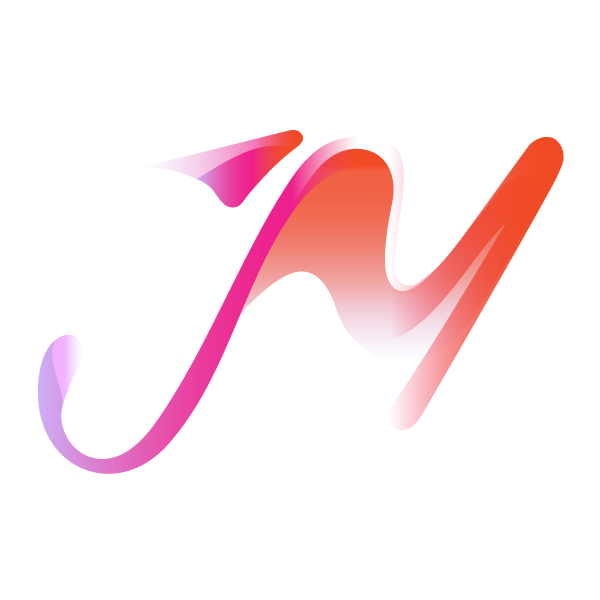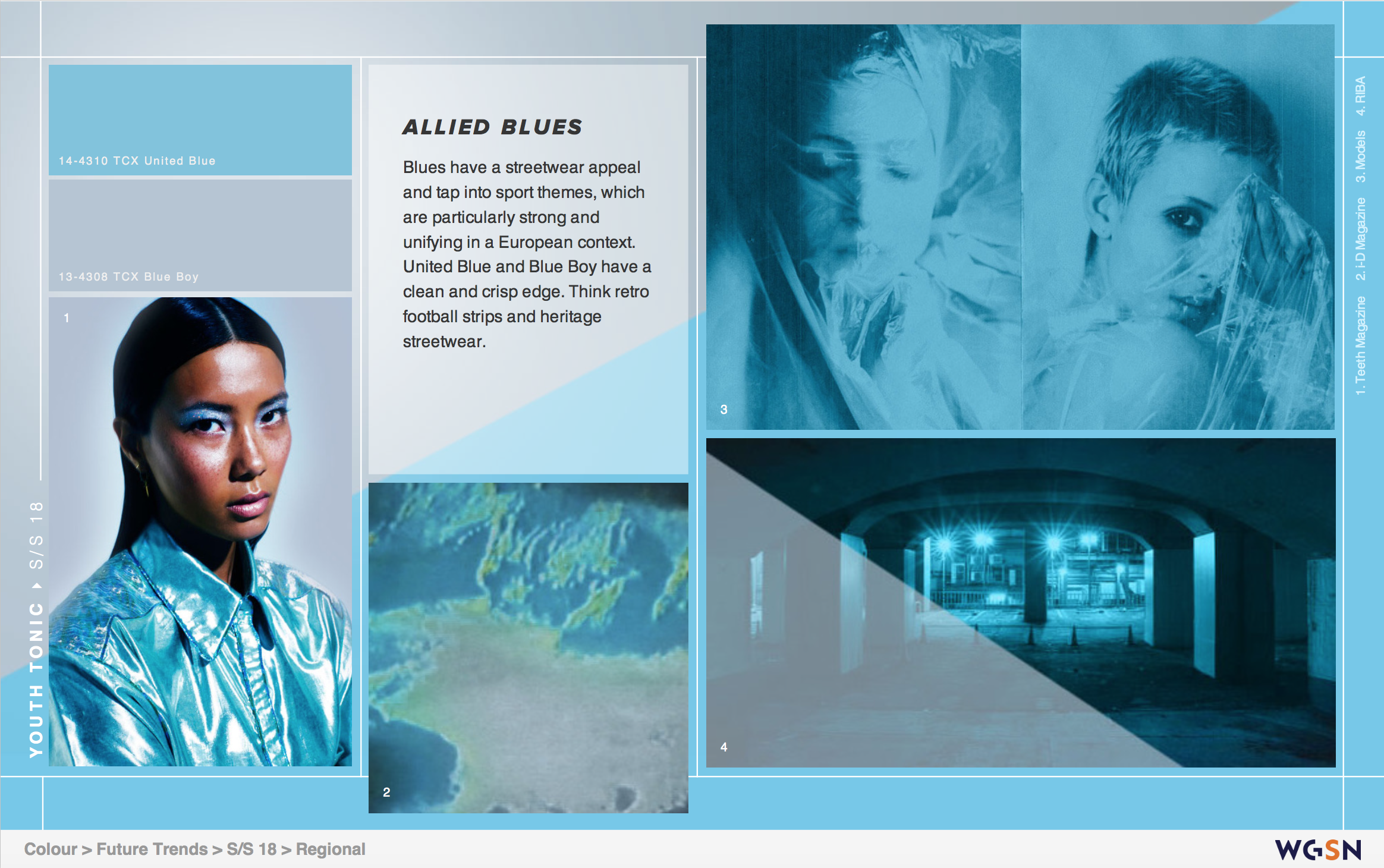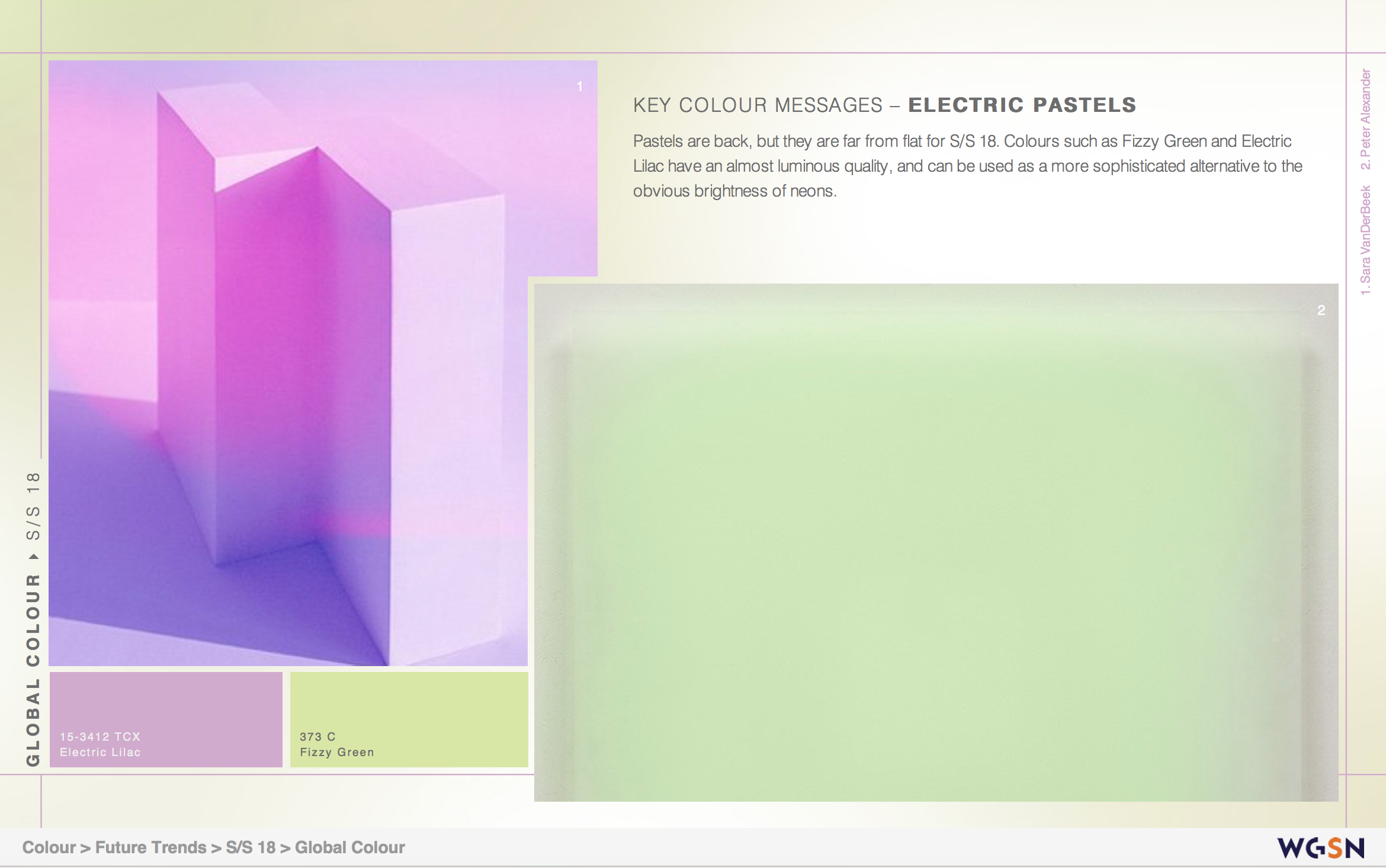
Wearable Self - Personalized Data Jewelry
Data Visualization, Product Design


Project Timeline: Oct 2016 - Dec 2016
Categories: Product Design
Tools: D3.js (Javascript), Illustrator, After Effects, Laser Cut, 3D Printing
THESIS STATEMENT
We collect our data everyday: the era of self-data
In an era marked by the rapid evolution of wearable technology, individuals are effortlessly amassing a wealth of activity data through the sophisticated sensors integrated into their smartphones and wearable gadgets. This phenomenon is part of the burgeoning 'Quantified Self' movement—a cultural trend advocating for the comprehensive tracking and quantification of various life metrics via digital means. Despite the proliferation of these tracking technologies, there exists a significant disconnect: the data, often rendered in sterile graphs on impersonal dashboards, frequently fails to establish a resonant, meaningful connection with the individual. Over time, these data streams become decontextualized, diminishing their potential for lasting impact. My thesis, entitled 'Wearable Self,' challenges this status quo by exploring the transformation of personal tracking data into wearable, customized art pieces. By rendering self-data in a tangible form, I posit that not only do we create lasting mementos that capture unique aspects of our lives, but we also unlock a new frontier for personalization and customization in the realm of fashion design.

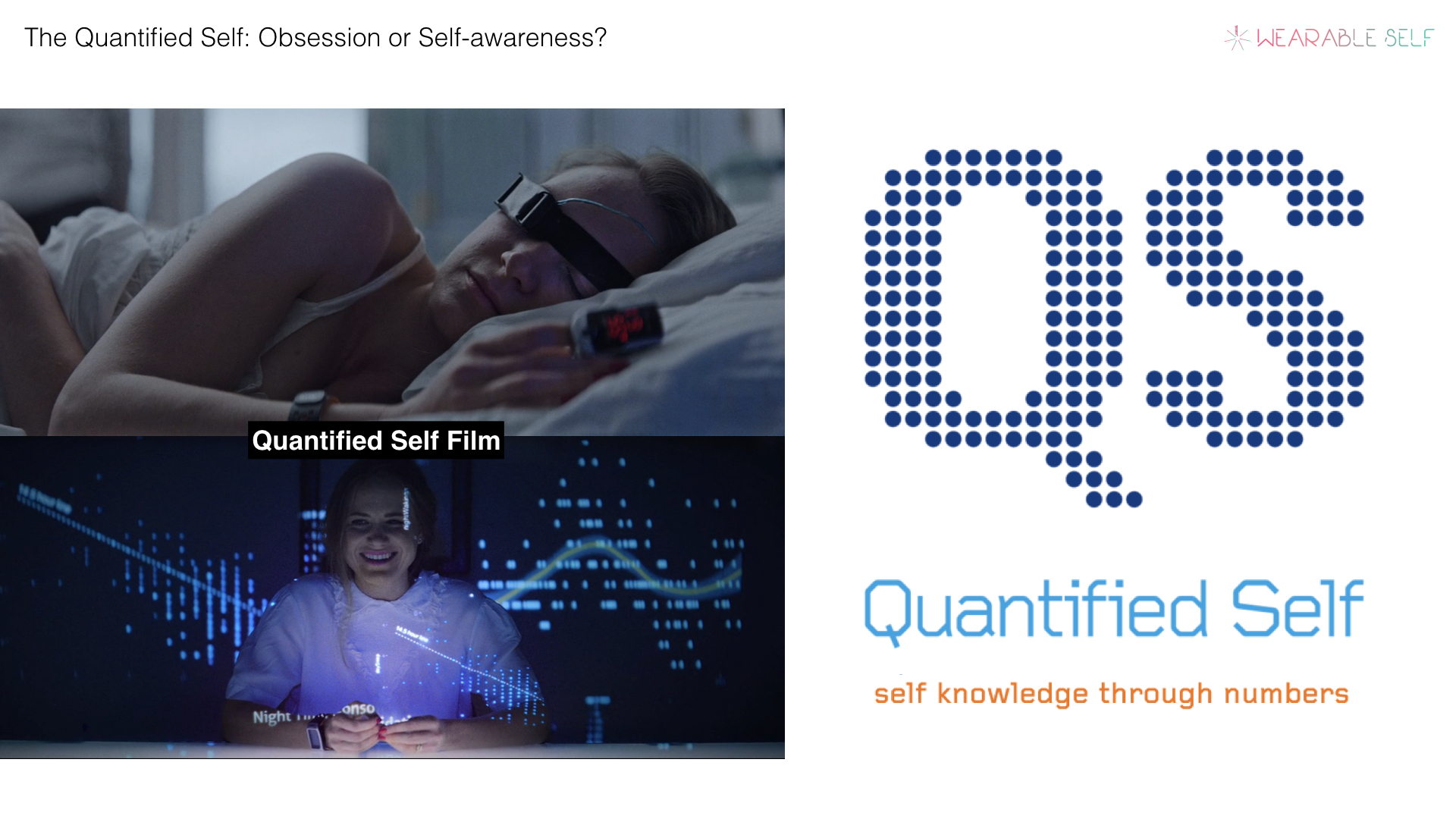

How can I make meaningful connections between those numbers gathered by fitness trackers and data owners?


"Fashion is frequently referred to as our 'second skin,' serving as a canvas for personal expression. In today's age of Big Data, our digital footprints—accumulated through the continuous streams of data harvested from our smartphones and wearables—have likewise become intricate reflections of our identities. It is against this backdrop that the concept of 'Wearable Self' was conceived, a whimsical yet profound idea that envisages our personal data as a new kind of adornment, as integral to our self-expression as the clothes we wear. Stemming from this notion, I initiated a design project aimed at converting the abstract metrics of the 'Quantified Self' into tangible, unforgettable fashion pieces. These creations not only encapsulate the wearer's unique data but also illustrate how everyday activities, such as the steps we take, can be transformed into intricate, visually arresting patterns—translating the seemingly mundane into extraordinary, evocative representations of life."
Users
Wearable Self aims to create a deeper connection between the users and their self data. By owning the tangible forms of personalized jewelry, users would feel significant ownership over their data. People revalue their daily activity data beyond data dashboards, expanding their personal experience and engagement with their data being collected in digital forms. Potential user of the data jewelry can be those groups below.

Interviews
I interview with several experts in this domains of mapping, sociology, self-tracking, fashion technology and data humanism at the beginning of the project. A lot of pioneers in this domain agreed with the idea of turning data into fashion which opens a business opportunity in terms of personalization and customization in fashion design.

Technology
The project exists where data visualization meets digital fabrication, where visualizing self-data and jewelry making is driven by digital fabrication technology. By converging those different areas and technologies, Wearable Self holds a unique position in personalized fashion and attempts to create a new business opportunity through customization.

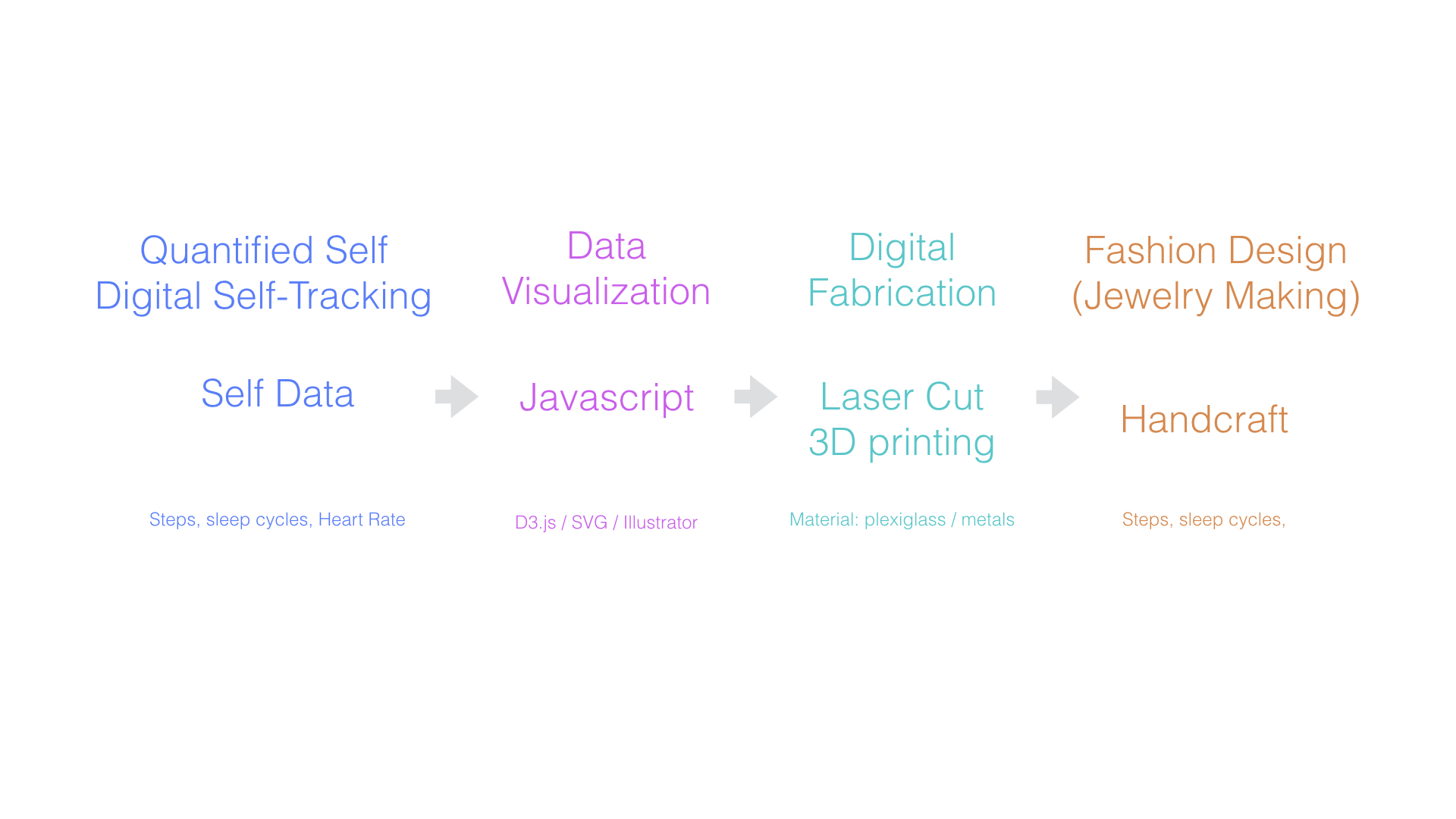

Design Opportunity
I have observed a lot of runners in the city. Through the observation, I found the potential of utilizing personal data. there are big user groups who are tracking their data actively and passively. I decided to use step data for visualization because it’s basic data that most people could have in their phones.
Design Production Process

I set up a design production process from data gathering to digital fabrication that can be repeatable. After figuring out how to collect and visualize the data, and get the SVG visualization made with d3, it became a repeatable process for anyone’s data.
Through this method, the numbers would turn into personalized tangible fashion items through the digital fabrication process like 3d printing, laser cut.
Data Collecting

To gather a year of daily step data, I used my iPhone Health app and Fitbit dashboard since those applications automatically count my steps. I also collected other people's data who actively use wearable devices in daily life.
Data Visualization
Each visualization on the left is generated by my daily step data. I used D3.js which is a Javascript library for creating interactive data visualization. Each shape growing outwards based on how many steps you take that day. The reason I chose daily step data was it’s data that all people might have on their smartphone because it is automatically tracked which fits the idea of creating personalized items for everyone.

Digital Fabrication and Fashion Design
I have gone through countless prototyping process to turn the digital data visualization into tangible items, trying out different materials from papers, fabric, wood, leather to plastics. Material exploration was a key part of my project. The reason I finally chose plexiglass as the final material was first, it visually represents my shapes nicely. Secondly, the overlaying colors create a singular month as the colors mix together. Because my product is seasonally time-based, I researched seasonal color trends from WSGN which is a professional fashion trend analysis website.
A blueprint plan for laser cut.

Trend Research
Color Trends 2017 by WSGN annual fashion report.
I chose the colors of a year of data jewelry collection based on S/S and F/W 18 seasonal color trends conducted by WSGN.

Data Physicalization: Laser Cut, 3D Printing
4 weeks create one shape which somewhat looks like a flower. To turn my visualization into fashion items, I decided to separate each month into colors regarding the four seasons: spring, summer, fall, and winter because fashion is seasonal. And by going through digital fabrication process like laser cut, I got each tangible surface of jewelry.


Laser Cut and Handcraft Jewelry Production



Through handcraft jewelry making process, I realized the value of craftsmanship and It was interesting to touch and feel the tangible pieces which are digitally generated from the screen on your phone to your earrings and necklaces in real life.
Usability Testing

Final Product
The look and feel is Whimsical, and lively which evoke a positivity in life. In addition confidence and witty of modern woman. Choosing the ribbon that matches the colors of jewelry pieces required me a lot of try with different materials and colors. I finally chose a pastel multi-colored ribbon which looks like a ton-downed version of the pendant colors including red orange, mint blue.


3D Printing with Metal
3D printing with metal materials such as gold, rose gold and bronze.
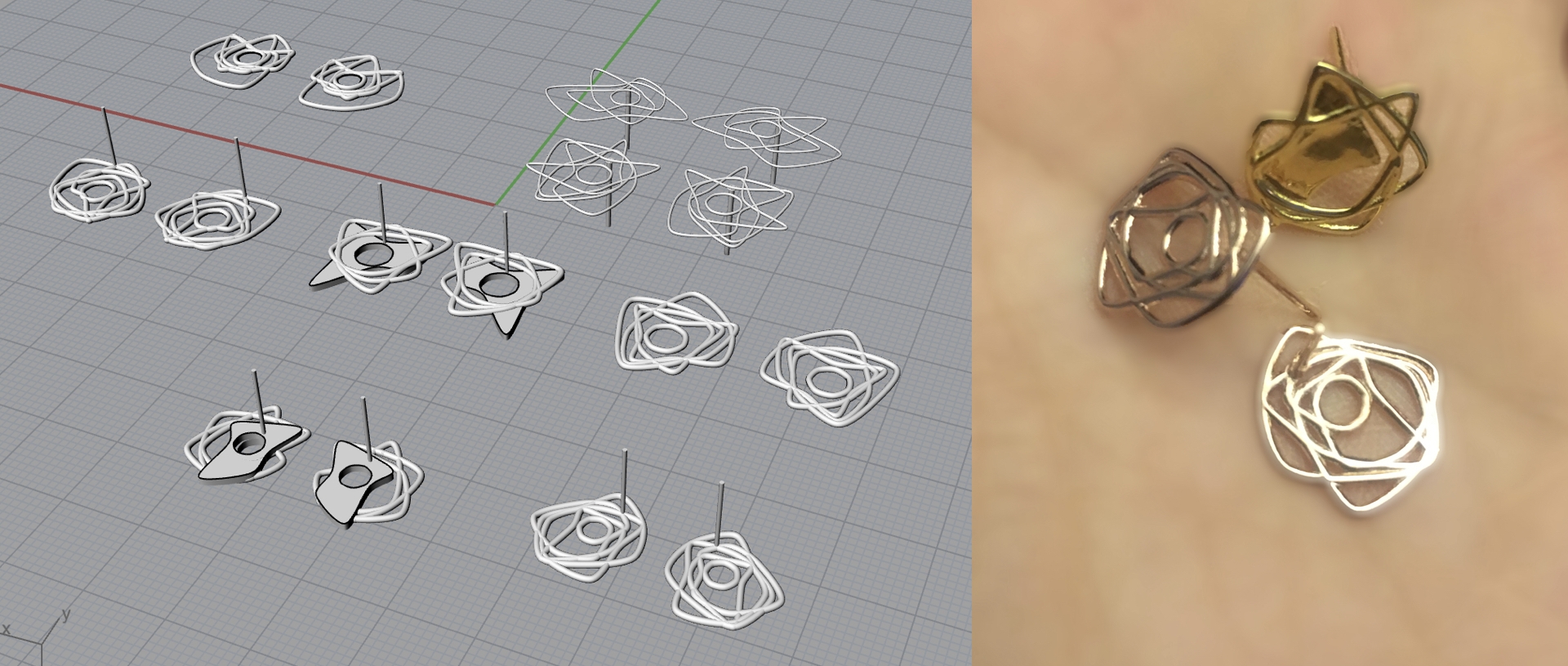
Branding and Website


Interactive Showcase & Exhibition at Parsons School of Design
I presented my project to hundreds of people who visited my thesis exhibition and showcase. Many experts from the industry gave me valuable feedback for the future development.




Symposium Presentation
At Parsons thesis symposium event, I mostly talked about my design research and making process from data gathering, data visualization to digital fabrication. I also had an interesting conversation with Dan Chen and other master's students, discussing the matter of data ownership in the age of big data and the future of digital fabrication and generative design which are in line with A.I. driven technology.
View Presentation Slides



Mobile App UX/UI Prototype
Feature: Automatic Visualization + Customized order: Choosing colors and materials.



Wearable Self is listed on Data Physicalization wiki.
The project paper is submitted to Parsons The New School for Design (May 2017)
Wearable Self is introduced at Quantified Self conference in Amsterdam (June 2017)
Wearable Self is showcased in NYC Media Lab summit 17' at The New School in NYC (September 2017)
